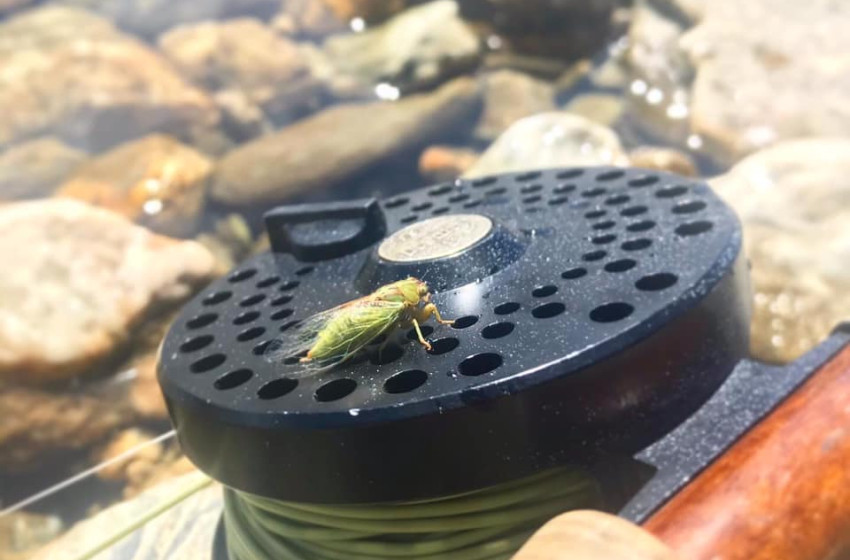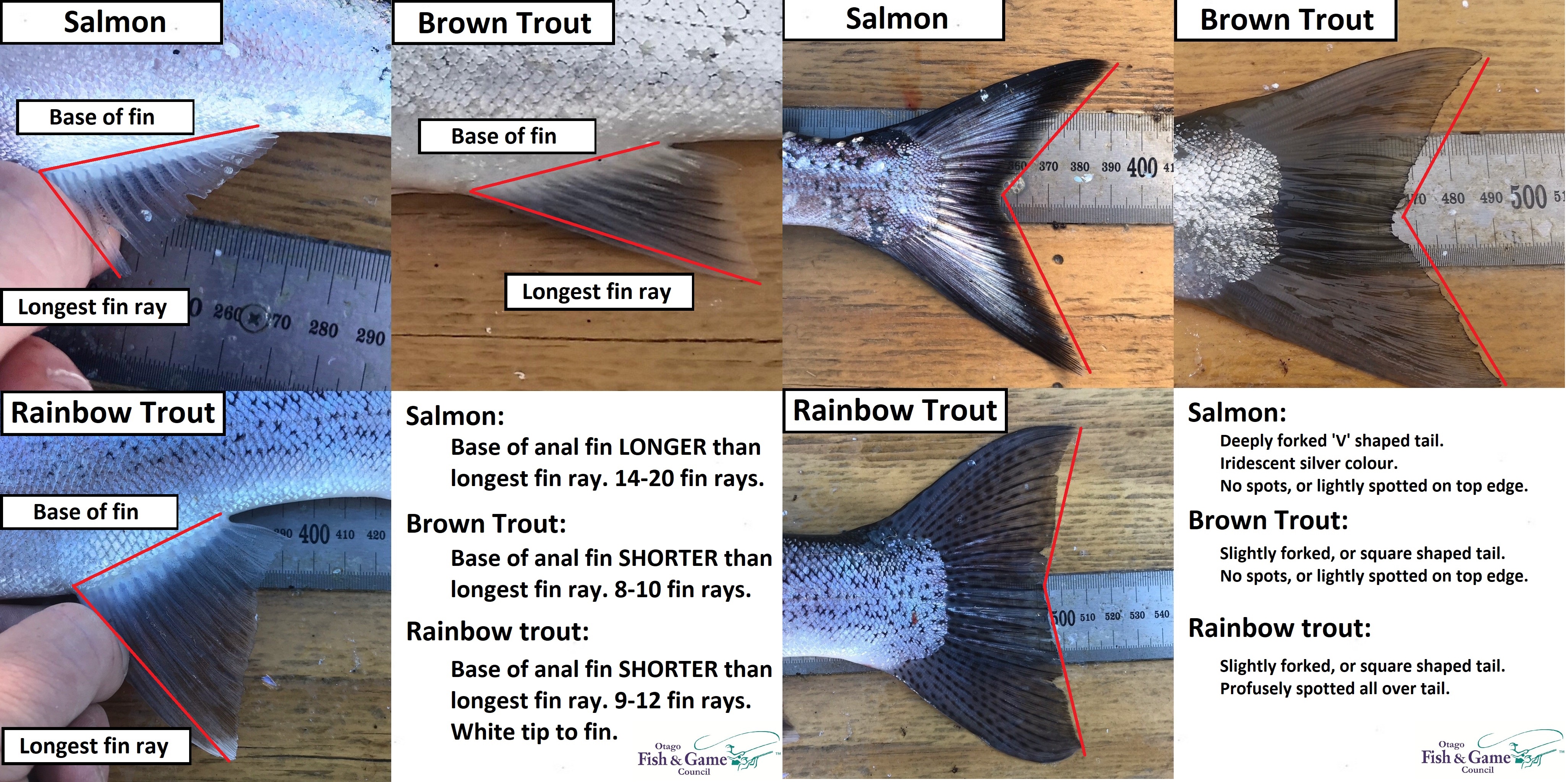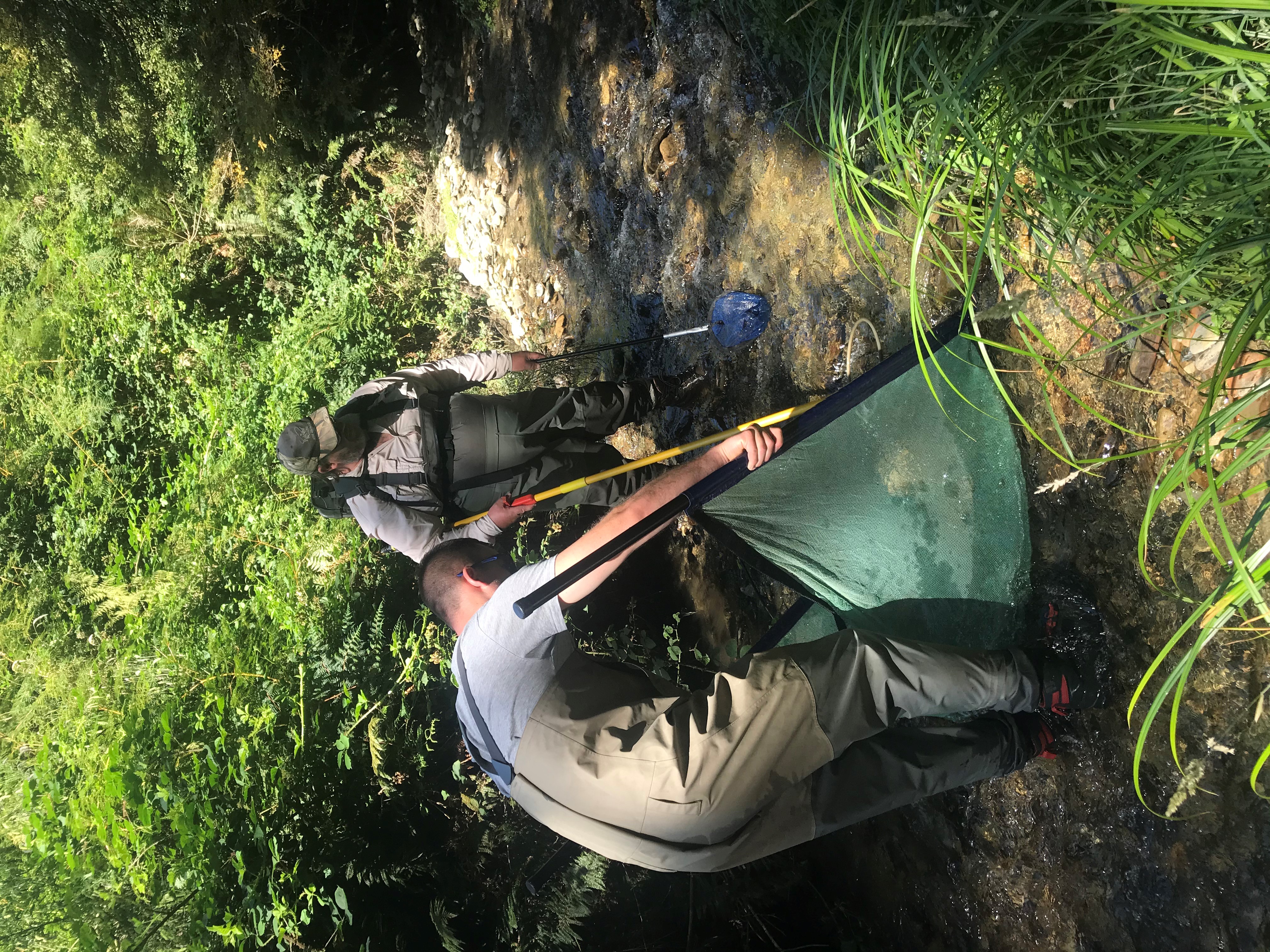Reel Life February 2021
- Otago
- 17/02/2021

Salmon or Trout?
Our rangers have come across plenty of anglers out on our southern lakes, who still have trouble distinguishing between salmon, and rainbow or brown trout.
This is understandable, as our rainbows, and even browns, can be especially silvery and ‘salmon like’ in our lakes.
Although the eating qualities of trout and salmon are similar in our lakes, the issue rises with the daily bag limit. Many of our larger lakes have a daily limit of two trout, and four salmon. We have seen the occasional angler with misidentified trout forming part of their daily salmon limit.
There are a few simple tips to help with the identification though:
Salmon
Gums of the lower jaw are dark grey or black in colour.
The base of the anal fin (the single fin on the bottom of the fish) is longer than the longest fin ray.
14-20 fin rays in the anal fin.
Deeply forked tail.
The tail is silvery in colour, with either no spots or a couple of small spots on the upper half of the tail.
Scales of a salmon are easily dislodged by handling.
Brown Trout
Gums of the lower jaw are white or light pink in colour.
The base of the anal fin is shorter than the longest fin ray.
8-10 fin rays in the anal fin.
Slightly forked or square tail.
The tail has either no spots or a couple of small spots on the upper half of the tail.
Rainbow Trout
Gums of the lower jaw are white or light pink in colour.
The base of the anal fin) is shorter than the longest fin ray.
9-12 fin rays in the anal fin.
The anal fin and pelvic fins (the paired fins on the bottom of the fish have a white tip to them.
Slightly forked or square tail
The tail has abundant spots, covering the entire tail.

Above: The anal fins and tails are two easy ways to distinguish between salmon, brown trout and rainbow trout, click on the picture to see a bigger copy.
Cicada season full swing
The summer has finally settled, and the mercury is rising, with that, the cicadas are out in full force in our region.
Trout are focusing on these big lumps of protein, especially in our high country lakes and back country rivers.
A selection of green or dark brown cicada imitation flies in sizes eight down to twelve will imitate the local insects. Finding a natural cicada when out fishing will give you an indication of what colour and size to use.
Spin anglers don’t have to miss out on the action either: using a bubble float half-filled with water, then a short trace to the cicada fly.
Just remember that using spinning gear, even with a fly, is not allowed in the fly fishing only waters of the Caples, Greenstone (above the car park swing bridge), Nevis, Lochy, Von or Routeburn rivers. Check your regulation guide, or visit the website for details on season length, legal methods, and any other regulations.
A reminder too that anglers fishing any of our designated backcountry rivers, need to be carrying their backcountry endorsement along with their fishing license when out fishing.
Brown Trout Origins study

Fish and Game staff collecting juvenile trout
Fish and Game Otago staff are conducting a study on the significant spawning sites for brown trout in the lower reaches of the Clutha River.
This will allow us to focus our protective efforts on these important areas.
It’s a bit of a process. First, a sample of juvenile trout are caught by electric fishing.
These are measured, weighed, and labelled.
Then, each fish will have its ear bone (the otolith) removed.
From each otolith, a ‘chemical signature’ is diagnosed.
Each stream has its own distinct geography and chemistry, and its imprints on the young trout's otolith.
Now we know the signature of each spawning stream.
Stage two is collecting the otoliths from adult trout from the mainstem Clutha or Pomahaka Rivers.
We then find out which stream each individual adult trout came from, using the database of chemical signatures collected from the young trout.
This lets us know where the majority of adult Clutha trout have been spawned.
If any anglers harvest a brown trout from the lower Clutha (downstream of Roxburgh Dam) or the Pomahaka rivers, we need the heads!
Please record the length, weight, date and location caught, and freeze the whole head.
Then contact the Fish and Game Otago office for collection: 03 477 9076
Useful links:
- Otago Fish & Game Facebook Page: https://www.facebook.com/Otagofishandgame
- ORC water monitoring website provides a wealth of information regarding flows, levels and rainfall around the region. The map allows quick access to flow information regarding your favourite spot.
https://www.orc.govt.nz/managing-our-environment/water/water-monitoring-and-alerts
- Walking Access Commission Maps (WAMS) – showing public accessible areas in NZ
https://maps.walkingaccess.govt.nz/OurMaps/
- ORC pollution hotline: 0800 800 033
Tight Lines
Ben Sowry, Otago Fish & Game Officer.